A guide to
Skin Cancer Self-Exams
Skin cancer is the most common type of cancer, which is why it’s important to check your skin thoroughly at least once a month.
Skin cancer is the most common type of cancer, which is why it’s important to check your skin thoroughly at least once a month.

Self-exams aren’t just about looking for cancer. They’re more about getting to know your body really well so that if anything changes, you notice sooner rather than later.
So get comfortable because you’re about to get real hands-on with your health.

Stand naked in front of a mirror. Check for new or changing moles on your face, ears, neck, chest, armpits, belly, under your breasts, both sides of your hands and fingers, and your fingernails.
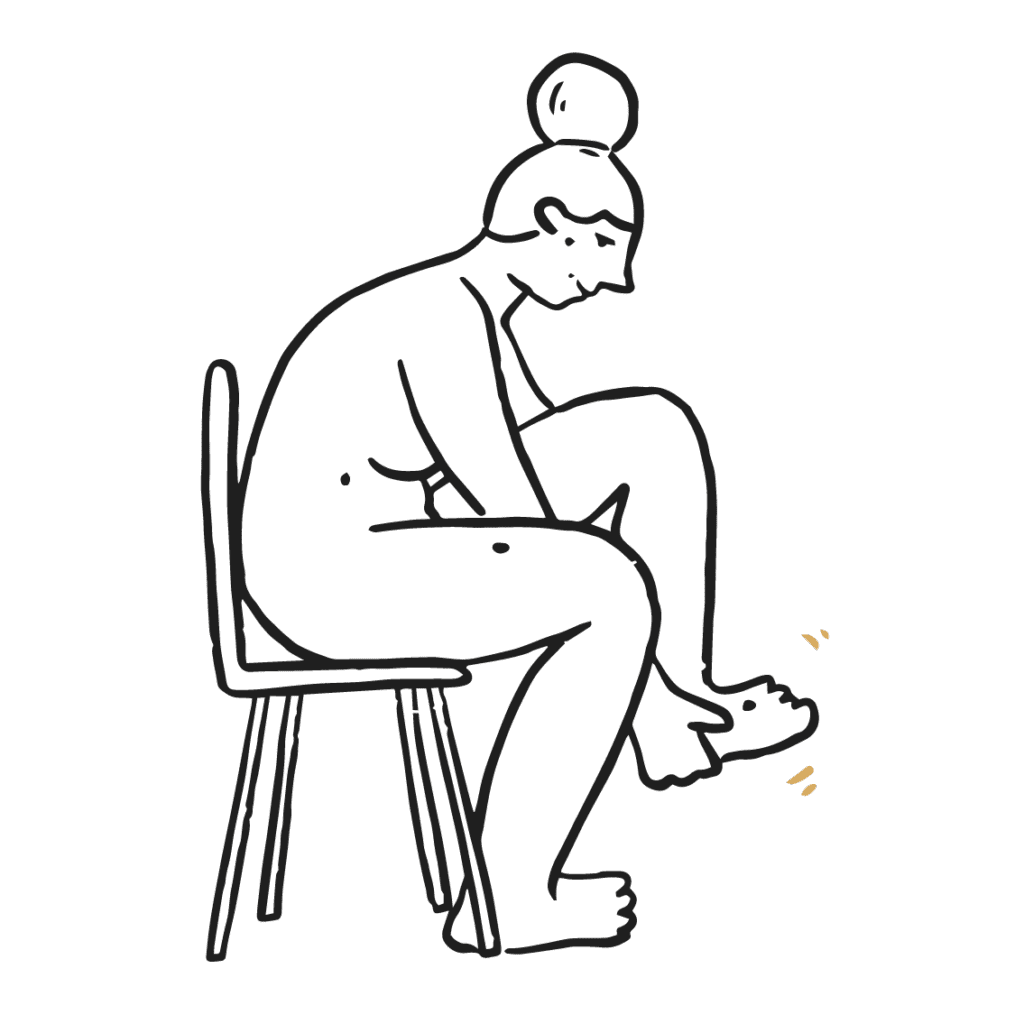
Sit down and check the tops of your legs, feet, and toenails for new or changing moles.
Disclaimer: You’re about to get up close and personal with your special places, so be careful if you’re using a camera. This is a self-exam, not an Only Fans.
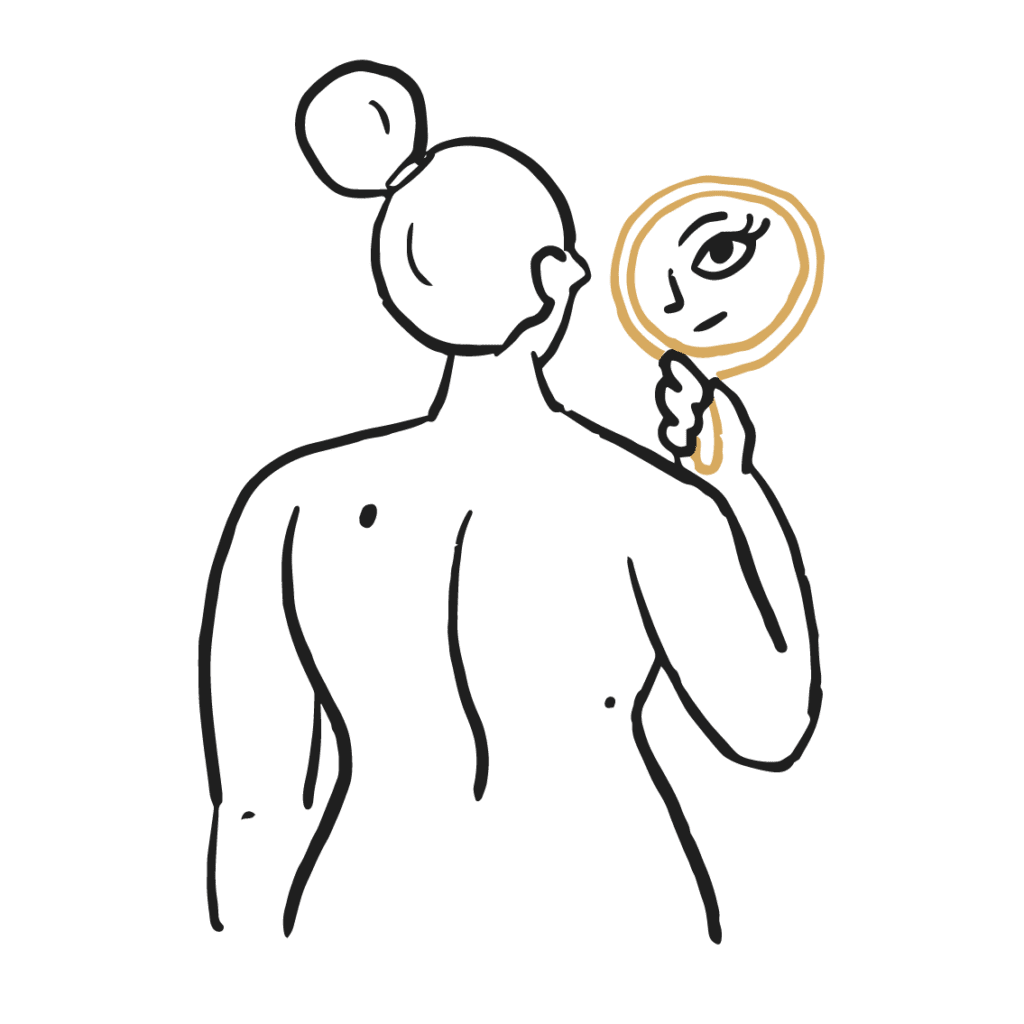
Use a hand mirror or your phone camera. Now you’re going to check for new or changing moles on the bottom of your feet, back of your legs, butt, genitals, back, scalp, and behind your neck and ears. Sometimes it’s easier to have someone you feel comfortable with (like your partner, but preferably not your ex) look at all the parts of your skin that you can’t see easily yourself.
When looking at your moles, you’re checking to see if they match any of the ABCDE’s of moles. If they do, or you notice anything you’re not sure of, take a picture of it to track its changes.

A is for ASYMMETRY
One half of a spot is not like the other
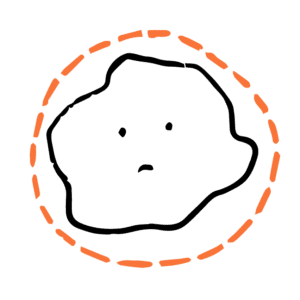
B is for BORDER
Irregular, scalloped, or poorly defined border
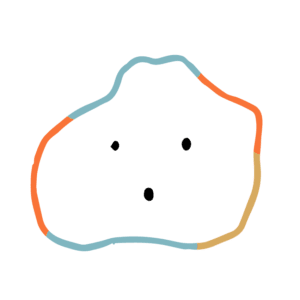
C is for COLOR
Varying colors from one area to the next
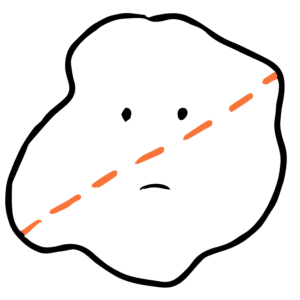
D is for DIAMETER
Larger than 6 millimeters (aka the size of a pencil eraser)
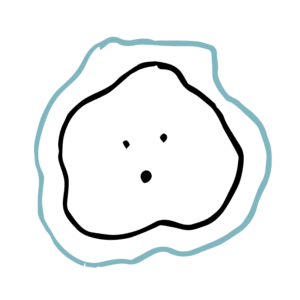
E is for EVOLVING
Looks different from the rest of your spots or is changing size, shape, or color over time

See what cancers you should check for with our helpful quick calculator.
Cancer Screening CalculatorCancer is hard. Visit our library to help navigate cancer’s impact on your heart, body, soul, and everything in between.